Rajshahi Bureau, June 30 (V7N) - Rajshahi, Bangladesh – With the onset of monsoon rains in early Asharh (mid-June), farmers in Tanore Upazila of Rajshahi have started cultivating transplanted Aman (T-Aman) paddy, utilizing the abundant standing water in their fields. However, despite favorable weather conditions, many farmers fear a potential labor shortage may hinder timely completion of the planting season.
Following the recent harvest of T-Aman and Boro paddy from potato lands, farmers have quickly turned to cultivating the next cycle of Aman paddy. Utilizing tractors and power tillers, they have begun tilling wet fields in preparation for transplantation. But with harvesting and transplanting overlapping, demand for manual labor has sharply increased, raising concerns among cultivators.
Double Pressure on Farmers
A field visit across various parts of Tanore revealed a landscape of intense agricultural activity. On one side, farmers are seen harvesting ripe T-Aman and Boro crops using machines in the rain, while on the other, tractors plow waterlogged fields for new Aman seedlings. Farmers say the daily rain has created the perfect conditions for planting—but the scarcity of hands on the ground poses a serious challenge.
“The rain was a blessing this year,” said Moniruzzaman, a farmer from Tanore municipality. “The ripe paddy was harvested and sold directly from the field. We are now using tractors in the same waterlogged fields to start Aman transplantation.”
Kamalul Islam, a progressive farmer from Pathakata village in Pranpur Union, shared that he harvested T-Aman rice from 15 bighas of land and sold it straight from the field. “I’ve already transplanted Aman seedlings on 7 bighas and started tilling the remaining 8 bighas,” he said.
Race Against Time and Rising Labor Costs
Across the upazila, the pattern is the same: tractors working round the clock, transplanting underway, and machines harvesting ripe crops. But the simultaneous need for both harvesting and planting has made laborers scarce and significantly raised their wages.
Farmers noted that the Aman transplantation season runs throughout Asharh, but competition is intense to finish early to avoid risks of late planting, such as pest infestation or yield reduction. “Everyone wants to finish first—it’s like a race,” said one local farmer.
To stay ahead, many have opted to start the process earlier than usual, relying more on mechanization where possible.
Government Support and Outlook
According to the Tanore Upazila Agriculture Office, the target for T-Aman cultivation this year is 22,500 hectares, and officials are hopeful that this will be exceeded due to timely rainfall and improved access to machinery.
Upazila Agriculture Officer Saifullah Ahmed said, “Thanks to modern farming equipment and timely rain, farmers have begun transplanting right on schedule. We expect the area under cultivation to surpass our target.”
The integration of modern agricultural practices, including machine harvesting and power tilling, is enabling farmers to manage the tight planting window more efficiently despite labor challenges.
END/MRA/SMA/



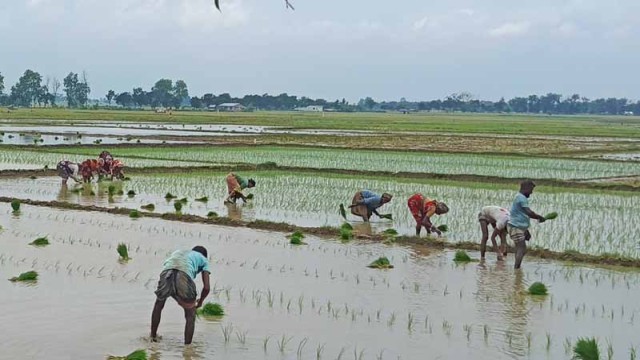
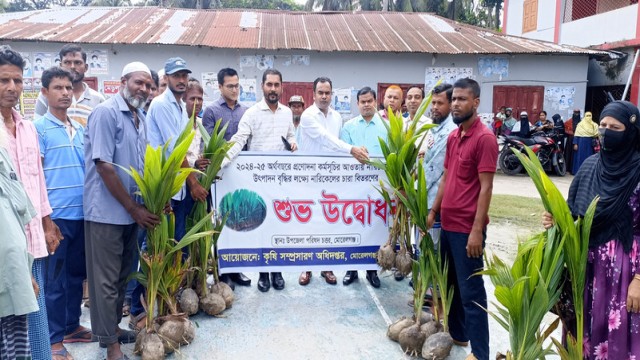
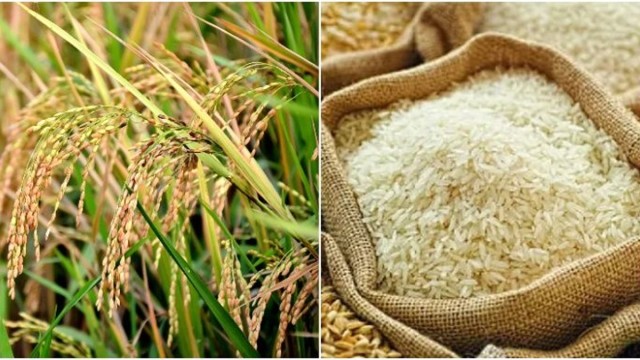
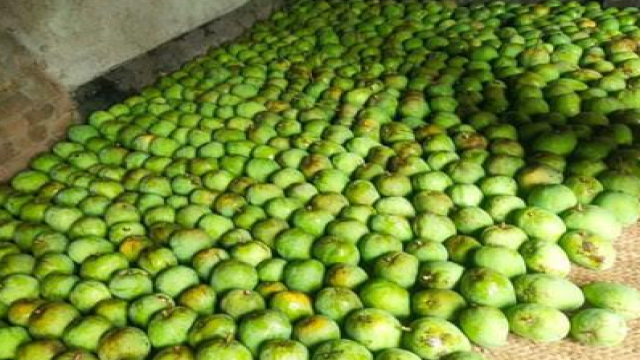
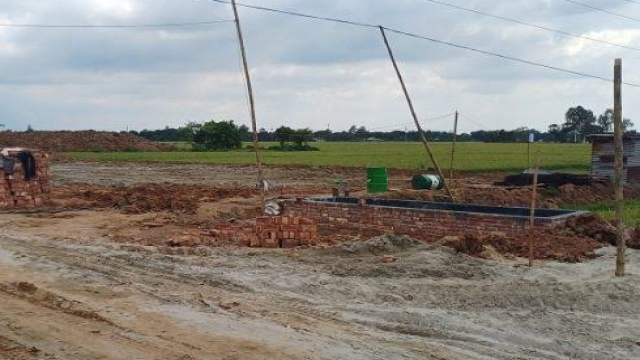
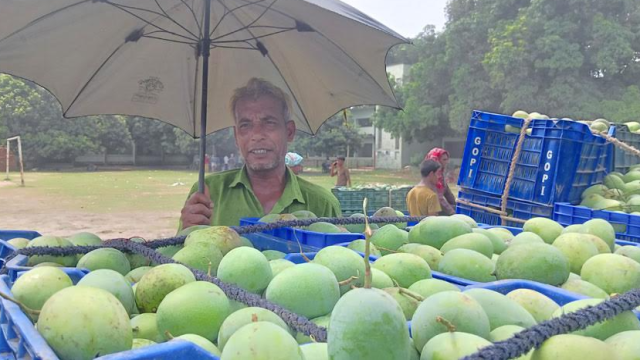

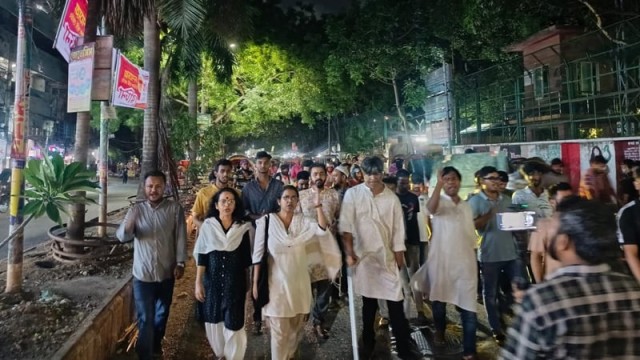











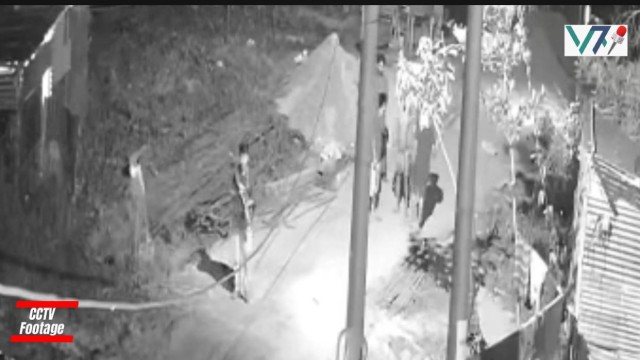






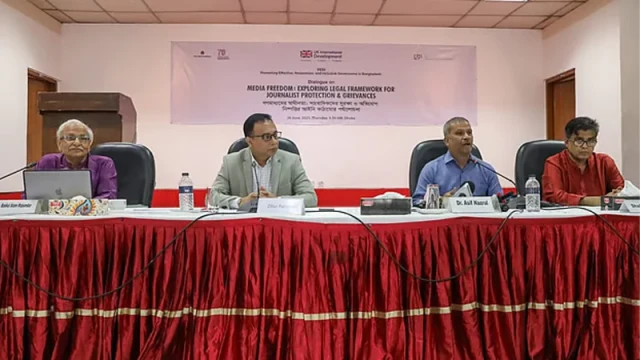

Comment: